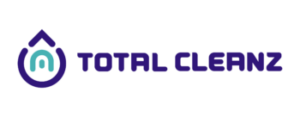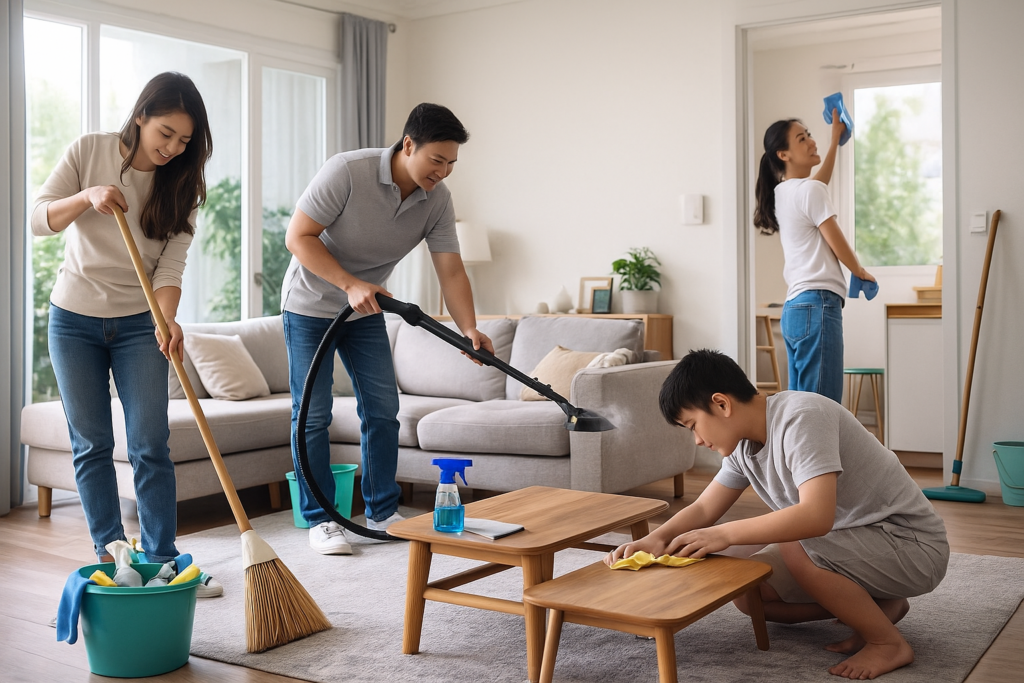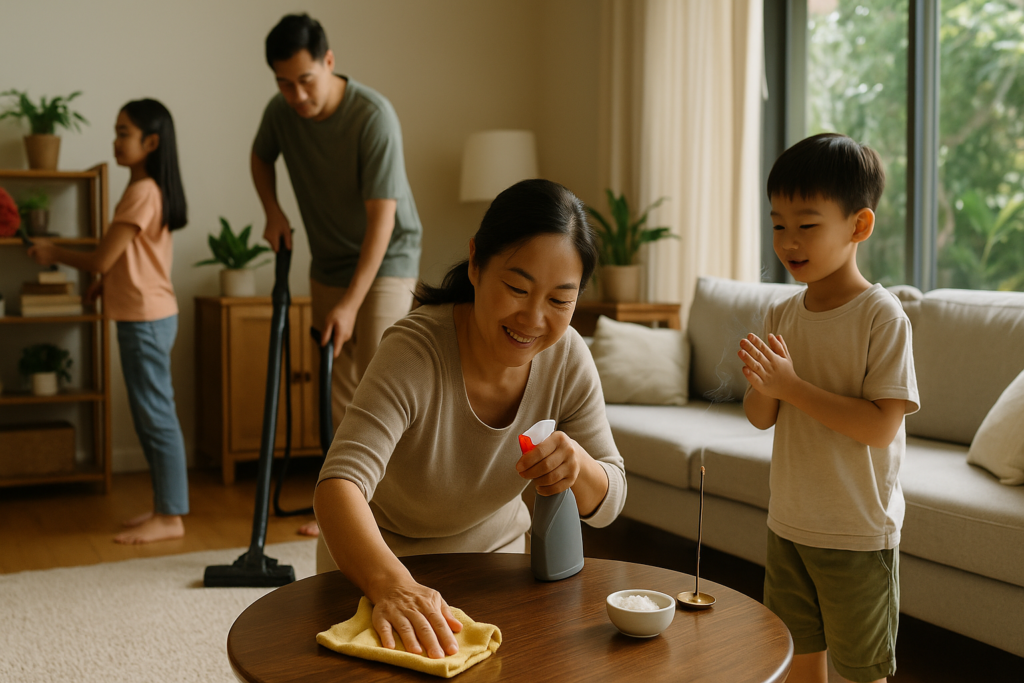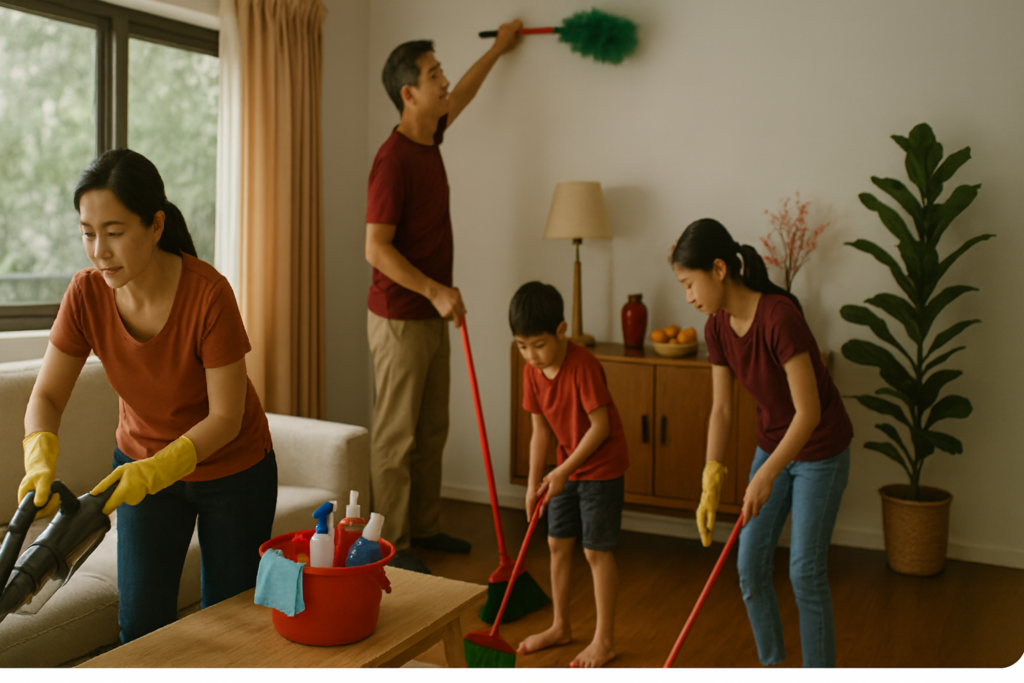1. Cleaning
Cleaning is the process of achieving and maintaining an area to a standard deemed visually free from debris which can include dirt, food, faeces, blood, saliva and other body secretions. It is the removal of foreign material from areas and objects. Cleaning reduces amount of organic matter that contributes to the proliferation of bacteria and viruses. The actual process of cleaning is achieved with the use of aids such as cleaning tools and cleaning agents. Cleaning tools such as mops, vacuum cleaners, cloths, floor scrubbers are used to achieve a state of visual cleanliness.
Cleaning is a simple easy method using the two essential components of cleaning, namely, friction and the use of fluid. Friction through rubbing and scrubbing the soiled area and fluids generally water and a soap solution are the first stage of cleaning. Washing is one way of achieving physical cleanliness, usually with water and often some kind of soap or detergent.
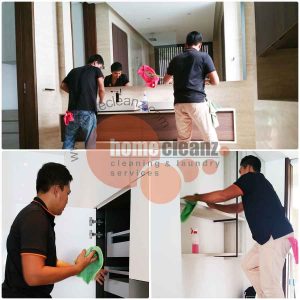
Cleaning Agents
Cleaning agents are substances which come in many forms but generally are liquids, powders, sprays, or granules. Some cleaning agents can kill bacteria and clean at the same time. Cleaning is important because it prevents the spread of dirt and contaminants to oneself and others. It is about removing dirt, including stains, dust, bad smells and clutter on surfaces.
Clean First
Comprehensive cleaning is a prerequisite before disinfection and sterilization. Both inorganic and organic residues that linger on the surfaces of clinical instruments can impede the efficacy of disinfection and sterilization. If soiled materials are allowed to dry or become baked onto the clinical instruments, the disinfection or sterilization process may become less effective or entirely ineffective.
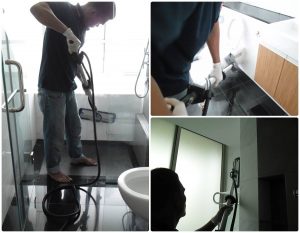
2. Disinfection
Disinfection is the procedure of eradicating pathogenic microorganisms and eliminating the majority of organisms found on surfaces. Disinfectants are antimicrobial agents employed on inanimate objects to exterminate the microorganisms inhabiting them. These agents function by either breaking down the cell walls of microbes or disrupting their metabolism.
Type of Disinfectants
Various disinfectants are in use today. Among the cost-effective options, chlorine bleach, typically a 5% sodium hypochlorite solution, is highly effective against a wide range of common pathogens. This includes challenging microorganisms commonly found in healthcare settings, like antibiotic-resistant strains of staphylococcus, fungi, and hepatitis B and C.
It’s important to note that disinfection may not eliminate all microorganisms, particularly highly resistant bacterial spores. In comparison to sterilization, disinfection is generally less effective.
3. Sterilisation
Sterilisation is a term referring to any process that eliminates or kills all forms of life, including transmissible agents such as viruses, bacteria, fungi and spore forms.
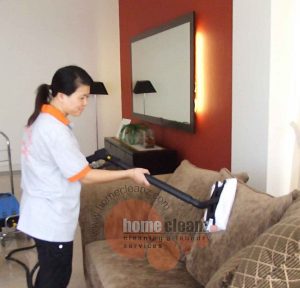
Ways of Achieving Sterilisation
Sterilisation can be achieved by applying chemicals, high pressure, heat, irradiation, and filtration or a combination.
Recommendation for continuous good practice
As a service provider, whether you are a care home environment, dental or GP surgery, cleaning, disinfection and sterilisation will be used at different times within your establishment. It is recommended that you identify and record what requires cleaning, disinfection and sterilisation and how it is achieved. Assess who is responsible for ensuring cleaning, disinfection and sterilisation is done. Ensure that personnel, where required, are competent in cleaning, disinfection and sterilisation by providing instruction, information and training as appropriate. One example of what to record is High Touch Surfaces. High Touch Surfaces such as toilets, commode chairs, computer keyboards, chairs, bedrails, call bells and telephones must be cleaned and then disinfected on a regular basis.
At Total Cleanz we provide disinfection & fogging services at most reasonable prices.
Contact Us Now!
